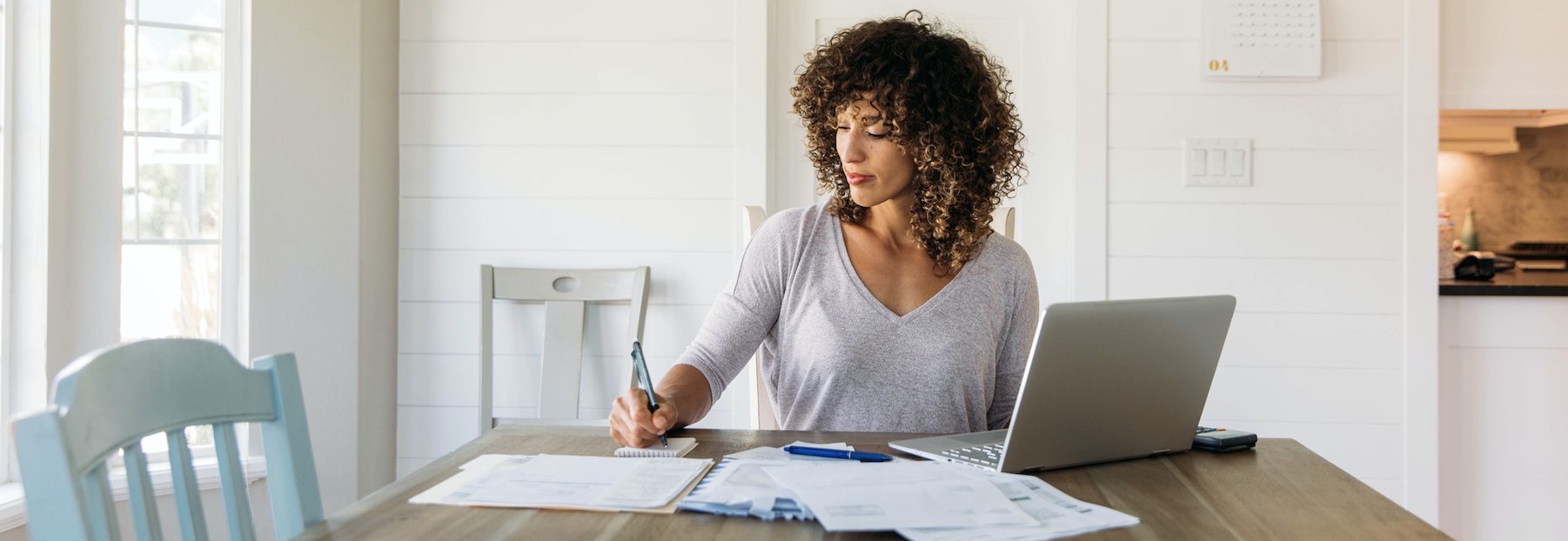Social distancing: What it is, why it matters

In the last week, events and gatherings have been canceled or postponed. Many people are feeling disappointed and realizing that their daily lives are going to be disrupted for an indefinite period of time.
But these cancellations are a necessary example of social distancing – one of the most important things we can do to prevent the spread of COVID-19. Because social distancing is so crucial – and a new concept to most of us – we want to explain what it is and address common questions.
What is social distancing?
Social distancing is the practice of avoiding large crowds or, if you must be around people, keeping 6 feet between you and the next person. Social distancing slows the spread of an outbreak and is currently recommended for everyone.
How does it slow the spread?
The best way to prevent infection is to avoid being exposed to this virus. The new coronavirus is not airborne and does not travel through walls: it is spread through person-to-person contact and the respiratory droplets produced when a person coughs or sneezes.
If you put space between yourself and others, you are less likely to become infected and spread it yourself.
What exactly should I be doing?
Guidance concerning social distancing is changing daily, so make sure you are getting up-to-date information. Federal, state and local governments are taking action to enforce social distancing.
The CDC is consistently recommending that citizens avoid large gatherings – though the specifics are shifting daily. The CDC’s official website is an extremely valuable resource.
Kentucky state officials are also making social distancing recommendations, such as ceasing in-person learning at schools and closing restaurants and bars for in-person service. To stay up-to-date with state guidance on social distancing, visit KYCOVID19.KY.GOV.
Is this the same as self-isolation? And what about self-quarantine?
Knowing the distinctions between social distancing, self-quarantine and self-isolation can be difficult. To help, we’ve defined each below:
- Social distancing: The practice of avoiding large crowds or, if you must be around people, keeping 6 feet between you and the next person. Social distancing slows the spread of an outbreak, and is currently recommended for everyone.
- Self-quarantine: Keeps someone who doesn’t have symptoms but was exposed to the virus away from others so they don’t unknowingly infect anyone. Health experts recommend that self-quarantine last 14 days. Two weeks provides enough time for them to know whether or not they will become ill and be contagious to other people.
- Self-isolation: Keeps people who are confirmed to have COVID-19 away from those who are not infected. Self-isolation takes place at a person’s home, but isolation can take place at a hospital or care facility.




